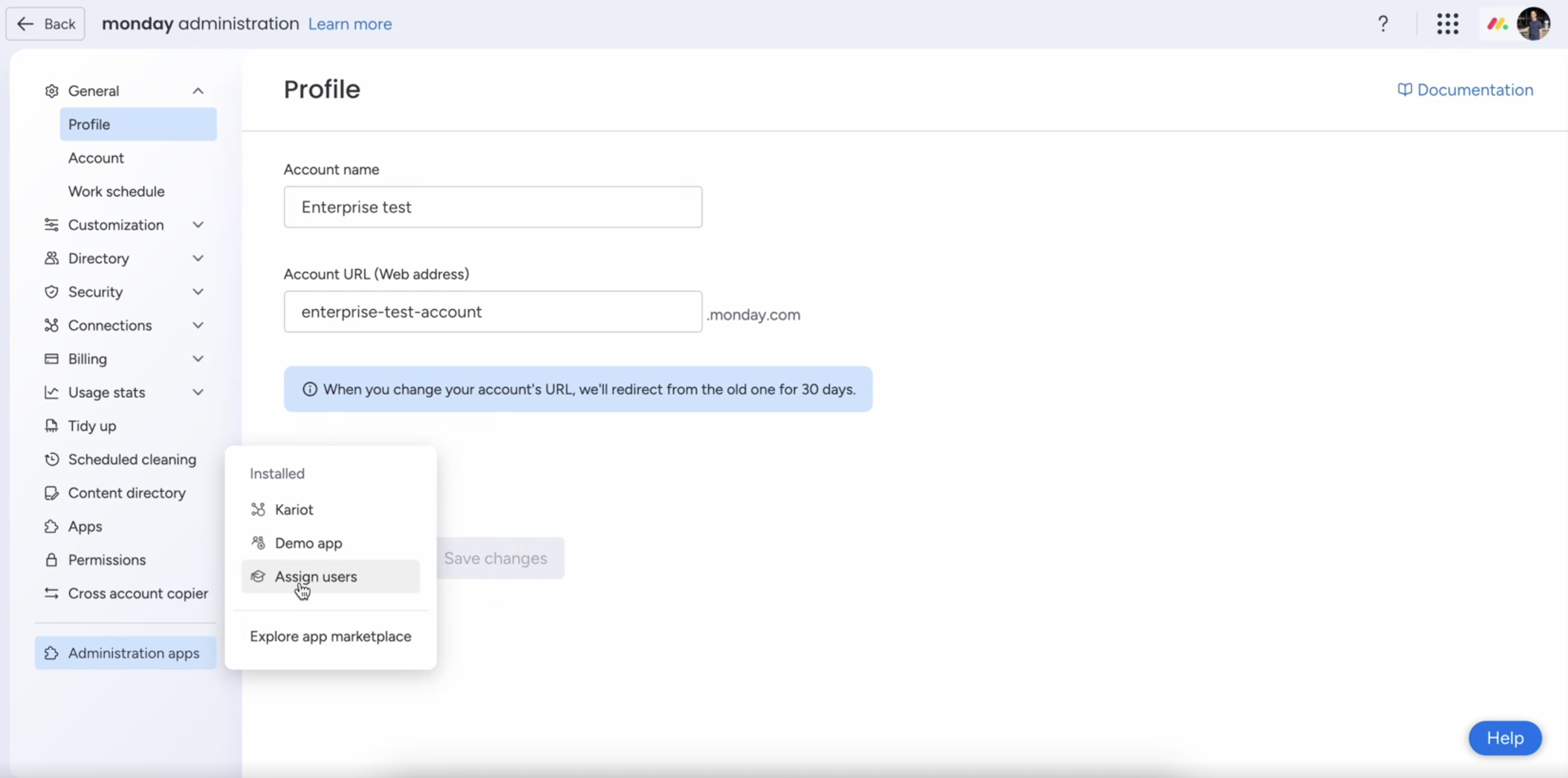We introduced column views, enabling apps to create custom interactive experiences for status, people, formula, and dropdown columns in monday.com.
You can now build domain-specific, integrated columns that provide contextual in-column experiences. Custom dialogs can be triggered on click, hover, or from column settings, and you can also choose to override the native settings dialog.
These capabilities provide flexible interactions, smooth UI integration, and powerful logic for custom workflows.
👉 Explore more in the documentation.


